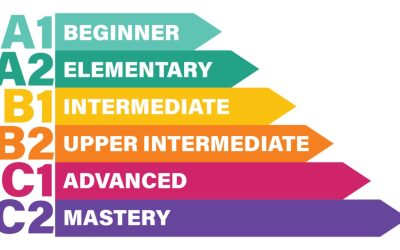Not long ago, a young professional contacted us to tell us about his project to pursue a master’s degree in Europe. He requested a certified translation of his academic transcript and university diploma. We were happy to assist him, and after careful consideration, he opted for a digital translation format. This client made the decision to translate his documents on time, so when the university requested the submission of all documentation for the master’s scholarship application, he only needed to send it by email.
Why is a certified translation important?
Certified translations of educational or academic documents provide international recognition and validity in other countries where the native language is different from Spanish. They are also essential for university enrollment and facilitate the process of searching and applying for jobs in other countries.
What are the steps to follow?
Step 1: Have the documents to be translated.
It may seem obvious, but paperwork can often take longer than expected. Each institution has its own timelines for processing student requests, which can delay the enrollment process at other universities.
Step 2: Check which stamps each document needs.
University documents go through different departments and offices that grant them validity. For example, the Secretariat of University Policies, the Ministry of Education, the Legalization Department, or the National Directorate of University Management, which certifies educational documents once issued by the university. It is also important to consider the option of apostilling the documents to be translated, as this is frequently a requirement for foreign universities. The Hague Apostille grants international validity to documents.

Step 3: Certified translation.
Once the documents are ready, it’s time to translate them. A sworn translator will translate all visible information in the document into the foreign language. This includes student data, grades, and other study-related details, as well as descriptions of stamps, signatures, seals, footnotes, QR codes, barcodes, watermarks, and any other document elements. It is significant to note that the translation format must comply with the requirements of an official translation, respecting line spacing, font, font size, and regulations established by the professional association to which the translator belongs. Once the translation is complete, the documents are signed and sealed and then delivered to the client, who must proceed with the legalization process at the corresponding Translators’ Association.
What academic or educational documents can be translated?
The answer is that any type of academic or educational document can be translated, but the most common ones include:
- High school diploma
- High school transcript
- University transcript
- Certificate of completed courses
- Certificate of enrollment
- University diploma or degree
- Curriculum vitae
- Letter of recommendation
- Thesis
- Research papers
- Conference papers
- Monographs
- Essays
- Reports
Always consult a certified professional who can provide the best advice on translating your documents.
If you need an official translation of your educational documents, don’t hesitate to contact us!


